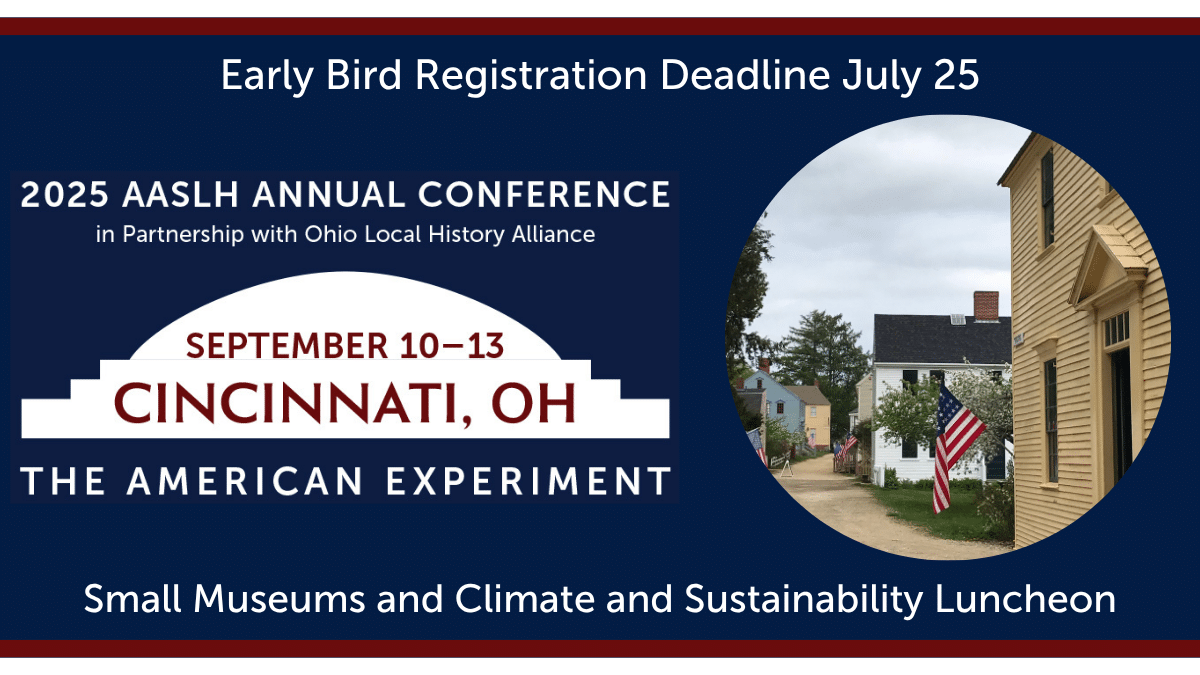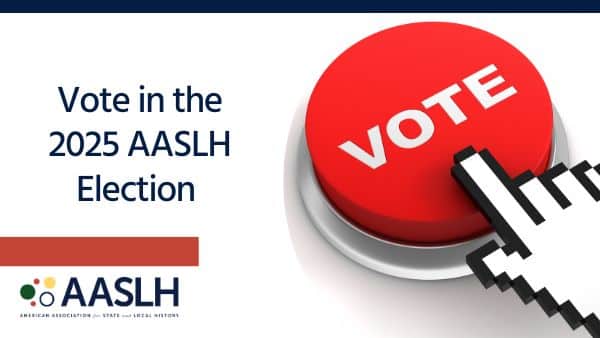A Disaster Plan is only as good as its implementation.That’s good advice as we enter the storm season with risks of severe thunderstorms, tornadoes, and flooding.
Here in Oklahoma we know these disasters all too well. Elsewhere, you have to worry about hurricanes or earthquakes. Then there’s the threat of burst water pipes and other man-made disasters. All of these can strike at any time, leaving you unprepared.
You’ve already taken the first steps in disaster planning by conducting the Risk Assessment and writing the Disaster Plan. Now it’s sitting on a shelf collecting dust. And it’s not doing you any good there. But what’s the next step? Where do you even begin?
Annually reviewing your Disaster Plan with your board, staff, and emergency responders is a great start. This includes reviewing procedures, insurance coverage and limitations, as well as setting collections salvage priorities. Then there’s training in first aid, CPR, and proper fire extinguisher maintenance. It’s also important to make sure you have the necessary emergency and personal protection supplies on hand.
Consider attending a disaster-training workshop. Two excellent courses are FEMA’s Introduction to Incident Command System and CERT (Community Emergency Response Team).
I highly recommend participating in an additional museum-related workshop offering hands-on training in salvaging methods. The Western States and Territories Preservation Assistance Service (WESTPAS) offers two courses for institutions in the Western and Pacific states and territories. Even if you can’t attend, check out the link above for course materials.
Think about organizing your own half-day workshop. It should include information on setting salvage priorities, organizing and documenting salvage operations, and stabilizing collections materials. Participants can learn about drying methods and services, standing offer agreements, material vulnerability, packing and handling precautions, and disaster residues, along with a hands-on salvage exercise.
Don’t forget your online resources. You’ll find valuable information on disaster planning and recovery from these links.
- AIC-CERT (American Institute for Conservation – Collections Emergency Response Team)
For 24-hour assistance from trained volunteers, call (202) 661-8068 - Northeast Document Conservation Center
For 24-hour assistance from NEDCC staff, call (978) 470-1010 - Heritage Preservation
- Northeast Document Conservation Center
- COSTEP: Coordinated Statewide Emergency Preparedness
- NPS Conserve O Grams – See Disaster Response and Recovery
- Connecting to Collections – Topics on Preparing for and Responding to Emergencies
- Connecting to Collections – Webinar on Writing a Disaster Plan
- Florida Connecting to Collections – Developing Emergency Plans
- Minnesota Historical Society – Disaster Response and Recovery Resources
- Minnesota Historical Society – Salvage Procedures for Wet Items
And in the event of a disaster, check with your state museum association. Your state may have a Disaster Response Team (for example the Oklahoma Museums Association and Virginia Association of Museums) as well as additional resources and contact information for experts.
Now some final thoughts:
- Conduct disaster drills regularly.
- Get to know your emergency responders, and get them involved.
- Keep all contact information readily available.
- And always remember: PERSONAL SAFETY FIRST!
Kristin Mravinec has worked in small museums for the last 11 years. She is currently a Collections Volunteer at the Plains Indians and Pioneers Museum in Woodward, Oklahoma. Kristin serves on the Board of Directors for the Oklahoma Museums Association and on the Executive Council for the Oklahoma Cultural Heritage Trust. She is the Team Leader for the OMA Disaster Response Team.




